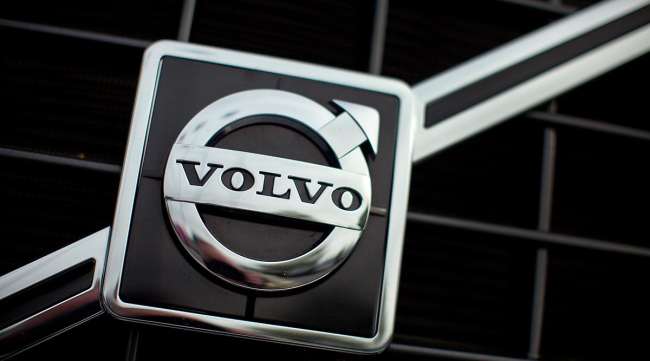2Q Earnings Gains at Volvo Driven by Construction Equipment, Not Trucks

Sales of construction equipment in China and Europe and to the global mining industry increased second-quarter sales and net income for Volvo AB, while the diversified manufacturer’s truck division, its largest, treaded water.
Its profits and sales stayed largely even.
The corporation as a whole earned the equivalent of $682.3 million, or 33 cents a share, on sales of $10.05 billion for the three months ended June 30. During the comparable time in 2016, Volvo had net income of $242.5 million, or 12 cents, on sales equivalent to $9.61 billion.
Based in Gothenburg, Sweden, Volvo reports results in Swedish kronor.
While quarterly construction equipment sales rose by 36%, year-over-year, and operating income soared by 204%, the truck division — including Volvo Trucks and Mack Trucks in North America — saw adjusted quarterly operating income dip to the equivalent of $615.6 million from $636.1 million. Operating income rose by 4% year-over-year. Revenue from truck sales rose to $6.42 billion from $6.37 billion over the same time period.
“Recent trends on the truck markets continue with good demand in Europe, including a distinct recovery in Russia, and a gradual improvement in North and South America, with increased order intake,” Volvo CEO Martin Lundstedt said in the company’s quarterly report July 19.
“Total truck deliveries were down 1% in the quarter, driven by lower deliveries in North America,” Lundstedt said.
Among second-quarter truck deliveries, North America fell the most, by 11%, to 10,720 units from 12,039 in the 2016 quarter. The strongest increases were European heavy trucks, up 7%, year-over-year, and South America, up 6%.
Order intake for the quarter was far more upbeat, rising 22% for the company’s global truck operations. Businesses requested 55,265 of Volvo’s various trucks, up from 45,422 in last year’s comparable quarter. North American orders grew by 30%, and South American orders erupted with a 129% improvement over last year’s weak economy, the report said.
Lundstedt emphasized Volvo’s new tractor offerings in North America, the VNL for longhaul operations and the VNR for regional haul.
The report said, “In North America, the highway segment is still characterized by overcapacity due to the underutilized population of used, longhaul trucks. However, regional distribution is showing signs of higher activity, and the construction segment continues to perform well.”
U.S. sales of Volvos and Macks declined in June, as did the industry overall.
Adjusted operating margin for the truck division dipped to 9.6% from 10% in last year’s second quarter.
Net income for the 2016 quarter was reduced because of a one-time charge equivalent to $284.3 million related to a fine issued by the European Union. The EU issued fines to several European truck makers for antitrust violations.
“The 54% rise in Volvo’s construction equipment unit orders is likely to sustain the company’s strong earnings growth in the third quarter and offset the drag from higher truck costs on supplier constraints,” Bloomberg Intelligence analyst Johnson Imode said after Volvo issued its report.
Truck margins “face more pressure in the third quarter from costs related to supplier issues,” Imode said.
Trucks and construction equipment rank Nos. 1 and 2, respectively, among the company’s four manufacturing divisions, in terms of both sales and operating income. Volvo also makes buses, and its Penta unit produces marine engines.
In addition to Volvo and Mack, the corporation’s truck brands include Renault, UD in Asia and joint ventures with India’s Eicher and China’s Dongfeng.
Comparing the quarter just ended with the 2016 second quarter, the U.S. dollar strengthened against the krona, meaning profits generated in the United States became more valuable in Sweden.

